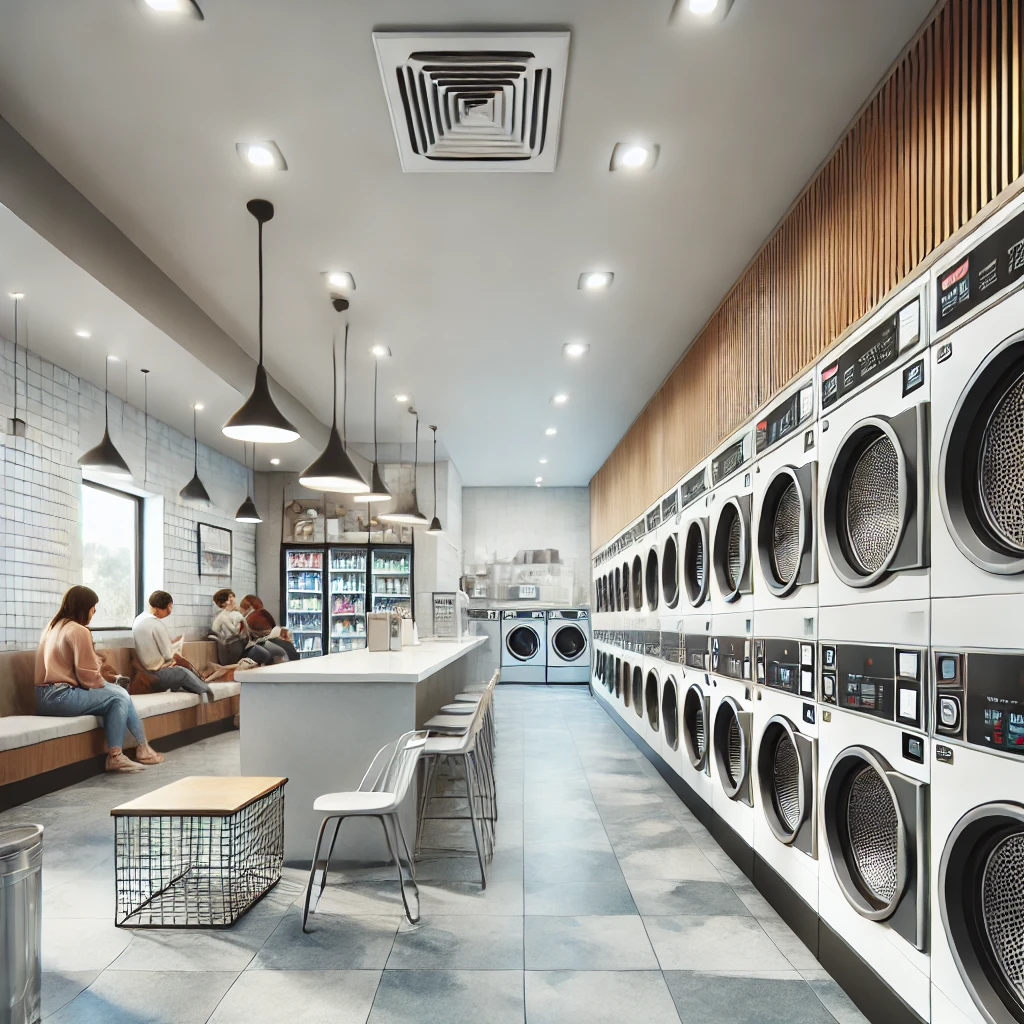There’s nothing glamorous about laundry—but in busy facilities like student housing, gyms, healthcare centres, or multi-dwelling buildings, it’s essential. And when laundry rooms fall into disarray—machines out of order, piles of unwashed linen, users fighting over dryers—operations suffer.
That’s why laundry room management deserves more attention than it gets. It’s not just about keeping things clean. It’s about keeping things moving—with systems that support efficiency, reduce stress, and save money.
What Makes a Laundry Room Functional?
A laundry room isn’t just a room with washers and dryers. It’s a workflow hub. When set up properly, it enables fast turnover, cuts waiting times, and minimises machine downtime.
But many commercial and shared laundry spaces struggle due to:
- Poor layout
- Unclear responsibilities
- No tracking of usage
- Delayed servicing or pickups
- Inconsistent hygiene practices
These small failures add up—especially across multiple sites. The goal of laundry room management is to make sure everything happens where it should, when it should, without friction.
→ What is the purpose of laundry management?
Layout and Flow: Getting the Basics Right
Let’s start with the physical space. If your laundry room is cramped, cluttered or badly arranged, it doesn’t matter how good your schedule is—people will get frustrated and jobs will slow down.
Some space-efficient practices include:
- Separate zones for clean and dirty linen
- Wall-mounted storage to reduce floor clutter
- Clear machine labels and operating instructions
- Ventilated, accessible dryer placement
- A designated folding or bagging station
In apartment buildings or student residences, the same rules apply. If you want users to respect the space, you need to make it usable first.
Laundry Route Operators: The Backbone of Consistency
Even with the perfect setup, laundry systems fall apart without regular servicing. That’s where laundry route operators come in—picking up dirty laundry, delivering clean stock, and reporting on machine performance.
A well-run laundry room depends on:
- Set pickup/drop-off schedules
- Reliable transport between sites
- Prompt responses to urgent issues
- Consistent reporting and feedback
Rather than relying on overworked internal staff, more facilities now work with external operators to streamline the process. It’s cost-effective and removes guesswork from the equation.
→ What is the purpose of laundry management?
Accountability: Who Does What, and When?
One of the biggest causes of laundry breakdown isn’t technical—it’s human. If no one knows who’s responsible for cleaning lint filters, reporting broken machines or checking detergent levels, those jobs won’t get done.
To avoid the blame game, assign simple, clear roles:
- On-site cleaner or caretaker: resets the room daily, removes abandoned clothing, checks detergent
- Laundry route operator: handles collections, delivers clean stock, reports on machine usage
- Facility manager: audits performance monthly, tracks usage, reviews any complaints
A laminated checklist on the wall keeps expectations visible. And a shared calendar helps ensure pickups and resets never overlap.
→ What is the purpose of laundry management?
Data and Monitoring: Smarter Decisions, Fewer Breakdowns
The best laundry room managers aren’t doing more—they’re just using better information. Even a simple usage log or cycle counter can highlight trends that lead to better decisions.
Trackable data includes:
- Peak laundry times
- Machines with frequent errors
- Service frequency by room or site
- Average turnaround time for linen
Facilities that monitor their laundry rooms often extend equipment life by up to 30%, simply by spotting early signs of wear or overuse. They also respond faster to user complaints because they already have the data on hand.
This approach aligns with broader predictive maintenance strategies that reduce costs and improve reliability across facilities.
Multi-Site Laundry Management: Standardise, Then Scale
Managing one laundry room is a daily task. Managing ten is a system. That’s why consistency matters even more across multiple buildings or departments.
To keep things simple:
- Use the same room layout standards
- Use a single operator (or unified schedule) across all locations
- Create shared templates for reporting, checklists and audits
- Centralise feedback into a single dashboard or form system
These small efficiencies compound over time—saving hours of labour and cutting miscommunication between sites.
Final Thoughts: Laundry Doesn’t Need to Be Complicated—Just Consistent
Laundry room management might never make front-page news, but it’s one of those back-end systems that determines whether everything else flows smoothly.
When a laundry system works:
- Staff focus on their primary roles
- Users get what they need on time
- Maintenance becomes preventative, not reactive
- Downtime and delays are kept to a minimum
Whether you’re managing five machines or fifty, the key is structure. Clear routines, assigned roles, and a service model that stays consistent no matter who’s on shift.
The good news? Once you set it up properly, laundry practically runs itself.

